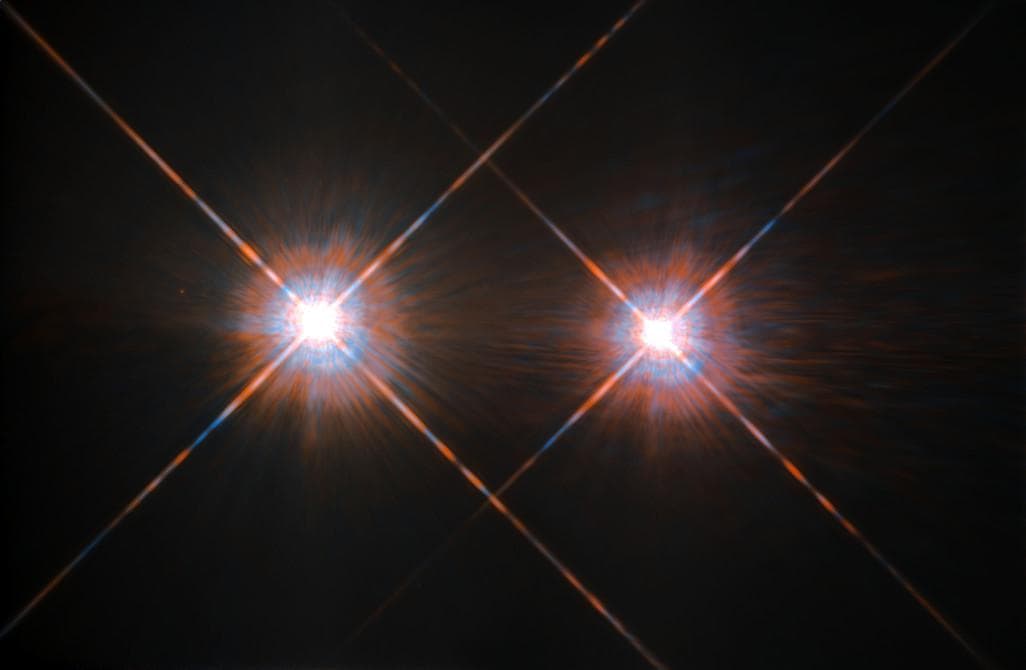Sending a research mission to even the closest star system to us will not be possible for a long time, if it is possible at all. But what if material from, for example, Alpha Centauri flew past Earth? According to planetologist Cole Gregg, it could be possible.

To date, astronomers have been able to confirm the interstellar origin of only two celestial bodies in the Solar System: Oumuamua, the nature of which is still debated, as well as comet Borisov. At the same time, their exact origin is unknown, since any, even the smallest changes in velocity, could have changed the flight paths beyond recognition over millions of years.
Planetary scientist Cole Gregg of the University of Western Ontario decided to take a different approach. He calculated how the objects would behave after being ejected in random directions from the nearby Alpha Centauri star system. It can be anything from small grains to kilometer-sized bodies such as comets and asteroids.
In the case of Alpha Centauri, the main driving force behind any ejection will be the gravitational interaction between the three stars that make up this system. According to Gregg, the ejected objects will go through a process called orbital shear, which will cause them to be pulled into a sort of stream. The scientist estimates that a small fraction of the objects in this stream (about 0.03%) can reach the Solar System and, importantly, be recognized as coming from this nearby system.
This opens up a very interesting possibility. If the particles ejected from Alpha Centauri were found and recognized, they could provide invaluable information about their parent system. At the same time, other scientists point out that any such predictions must take into account the dispersion of the stream during its evolution as well as the survival of its particles.
In the near future, Gregg plans to continue his research on this question using a more detailed model of the Milky Way. It will also take into account the influence of the interstellar medium to see what size the incoming material might be. This will provide an assessment of whether they could be small dust grains that can be seen as meteors, or whether they are larger objects that could, in theory, be detected with telescopes.
floProvided by kyandtelescope.org


